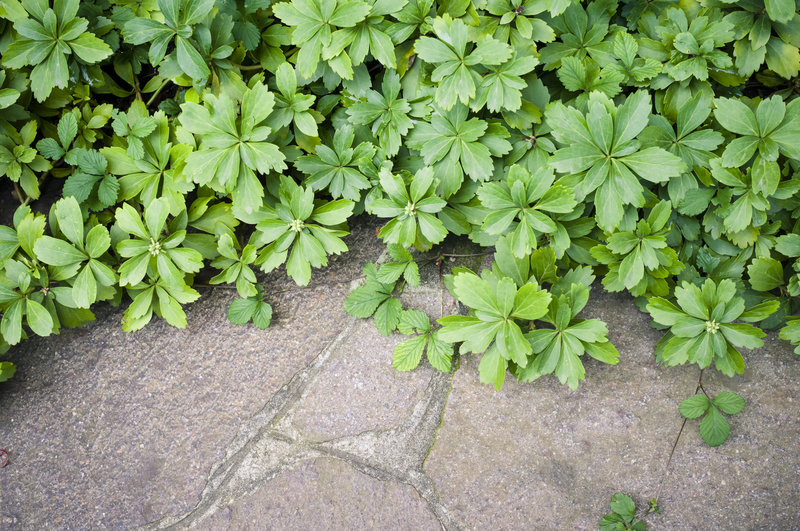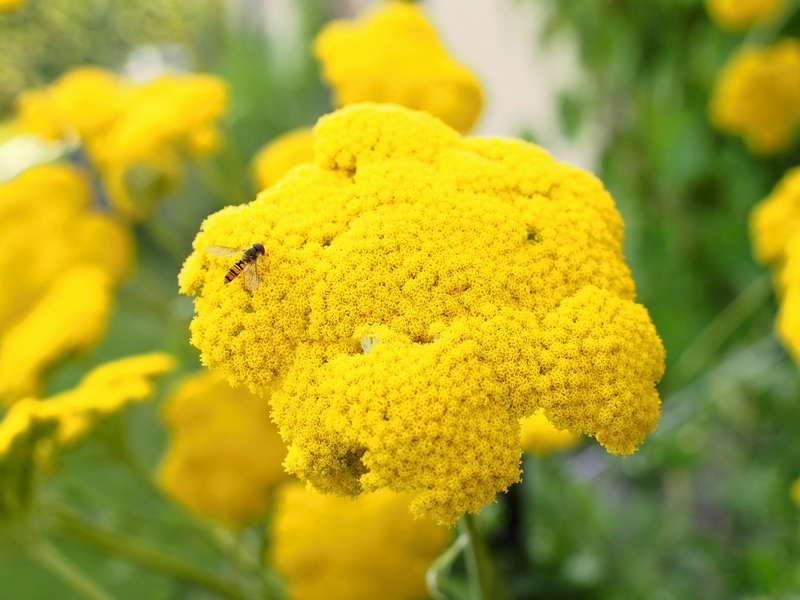UK Lawn Maintenance: Tips for Every Season
Posted on 02/04/2025
Lush, green lawns have long been a hallmark of British gardens. However, achieving that perfect expanse of green requires year-round commitment and specific seasonal care. Whether you're seeking advice for winter's frosty challenges or summer's scorching heat, this guide on UK lawn maintenance aims to provide comprehensive tips to ensure your lawn remains in top condition throughout the year.
Understanding Your Lawn
Before diving into specific maintenance tips, it's crucial to understand your lawn's unique needs. The UK climate, characterized by mild winters and temperate summers, plays a significant role in dictating how you care for your lawn. Soil type, grass species, and the amount of rainfall your area receives will also impact your maintenance routine.

Spring Lawn Care
Spring is a season of renewal. As temperatures rise and daylight increases, your lawn will start to recover from winter dormancy. Here's what you should focus on during spring:
1. Raking and Aeration
Start by raking the lawn to remove dead grass, leaves, and other debris that may have accumulated over winter. This not only clears the surface but also helps to prevent thatch build-up, which can suffocate the grass. Aeration, either by spiking or hollow-tining, will improve soil drainage and allow air, water, and nutrients to penetrate to the grass roots.
2. Feeding
Spring is the ideal time to feed your lawn. A balanced fertilizer high in nitrogen will promote healthy growth. Be sure to follow the manufacturer's instructions to avoid over-fertilizing, which can lead to nutrient leaching and harm the environment.
3. Seeding
Address any bare patches by overseeding. Choose a grass seed mix suited to your specific lawn conditions, whether it be shade, drought-tolerance, or wear-resistance. Water newly seeded areas regularly to ensure good establishment.
Summer Lawn Care
Summer can be a challenging time for lawns, with higher temperatures and periods of drought stressing the turf. Here's how to keep your lawn thriving during the hottest months:
1. Mowing
Mow your lawn regularly, but avoid cutting the grass too short. Keeping it at a height of around 3-4cm will help retain moisture and encourage deeper root growth. Sharp mower blades are essential to ensure clean cuts and prevent tearing.
2. Watering
Watering is crucial during dry spells. Early morning or late evening watering minimizes evaporation and ensures that the grass roots receive adequate moisture. Aim for deep, infrequent watering rather than shallow, frequent watering to promote strong root systems.
3. Weed Control
Weeds can become more prevalent in the summer. Hand-pull weeds or use a selective herbicide to target broadleaf weeds without damaging the grass. Always follow the product guidelines and consider the environmental impact of any chemicals used.
Autumn Lawn Care
Autumn is a time for preparation and repair. As temperatures cool and rainfall increases, it's the perfect season to address any issues and prepare your lawn for the winter months:
1. Scarifying
Scarifying removes thatch and moss that can build up over the summer. This process can be done manually with a rake or using a mechanical scarifier. Removing thatch opens up the soil surface and allows for better air circulation.
2. Top Dressing
Applying a top dressing of sand, soil, and compost mixture helps to improve soil structure and drainage. It also smoothes out any uneven areas. Work the top dressing into the lawn with a brush or the back of a rake.
3. Autumn Fertilization
Use an autumn-specific fertilizer, which is lower in nitrogen and higher in potassium. This will strengthen the grass and improve its hardiness, helping it withstand the upcoming winter.
Winter Lawn Care
Winter can be tough on lawns due to frost, ice, and potential waterlogging. However, with the right care, your lawn can survive the cold months and bounce back in spring:
1. Minimize Traffic
Grass is more vulnerable during winter as it becomes dormant and less resilient. Minimize foot traffic to prevent soil compaction and damage to the grass.
2. Clearing Debris
Regularly clear fallen leaves and other debris to prevent smothering the grass and reduce the risk of fungal diseases. Use a light rake to avoid damaging the grass.
3. Monitor Drainage
Check for waterlogged areas and address drainage issues to prevent root rot. Aerate compacted areas and consider adding drainage solutions if water pooling is a recurring problem.

Additional Tips for Year-Round Lawn Care
While seasonal care is essential, there are a few general tips that apply throughout the year to maintain a healthy lawn:
1. Soil Testing
Conduct regular soil tests to determine pH levels and nutrient deficiencies. This will help you tailor your fertilization and lime applications to meet your lawn's specific needs.
2. Pest Management
Stay vigilant for lawn pests such as grubs and leatherjackets. Early detection and treatment are crucial to preventing significant damage. Biological controls, such as nematodes, can be an effective and environmentally-friendly option.
3. Regular Monitoring
Regularly inspect your lawn for signs of stress, disease, or weed infestation. Early intervention can prevent minor issues from becoming major problems.
Conclusion
Maintaining a beautiful lawn in the UK requires understanding the unique challenges posed by each season. By following the tailored tips outlined in this guide, you can ensure your lawn remains healthy and vibrant year-round. Remember that consistent care, combined with timely interventions, will yield the best results. Happy gardening!












